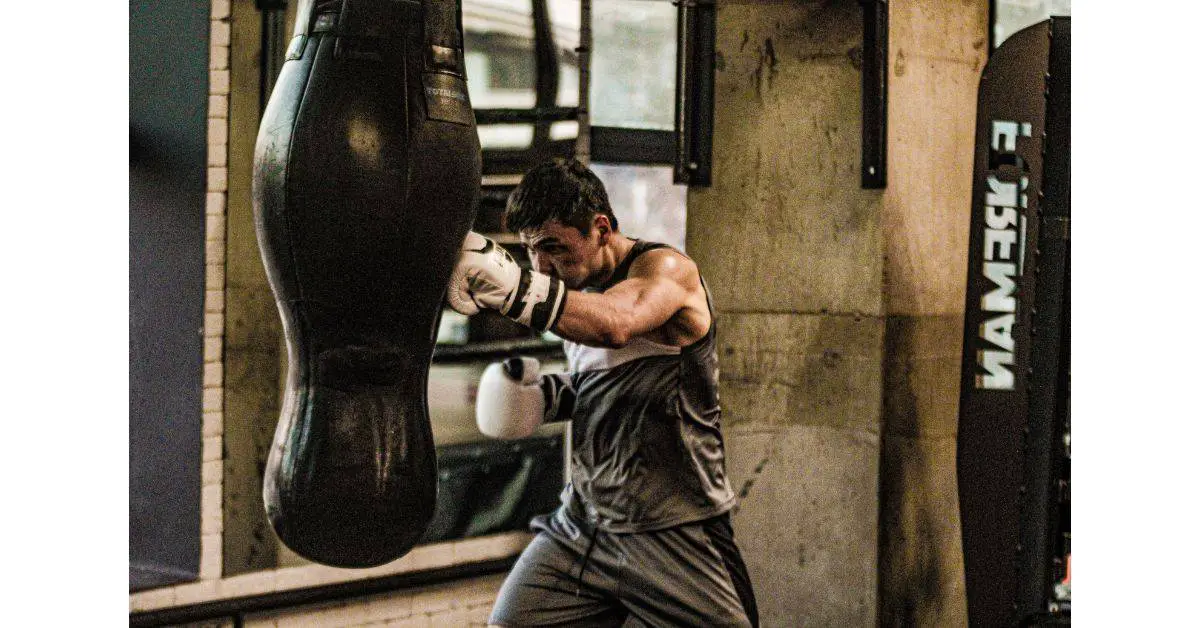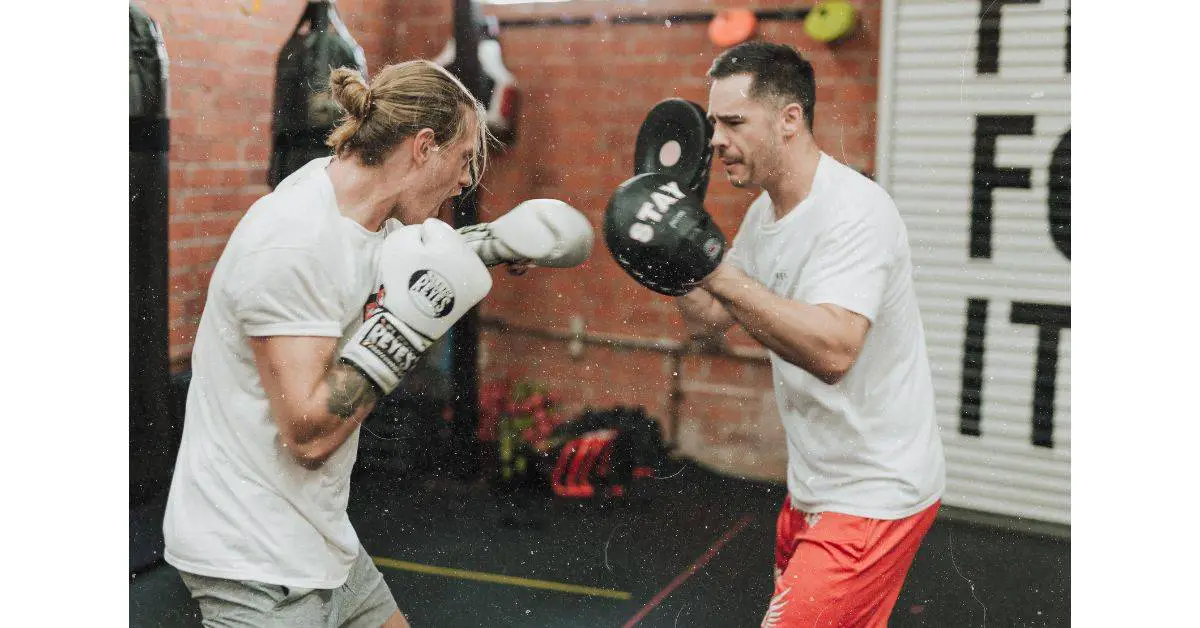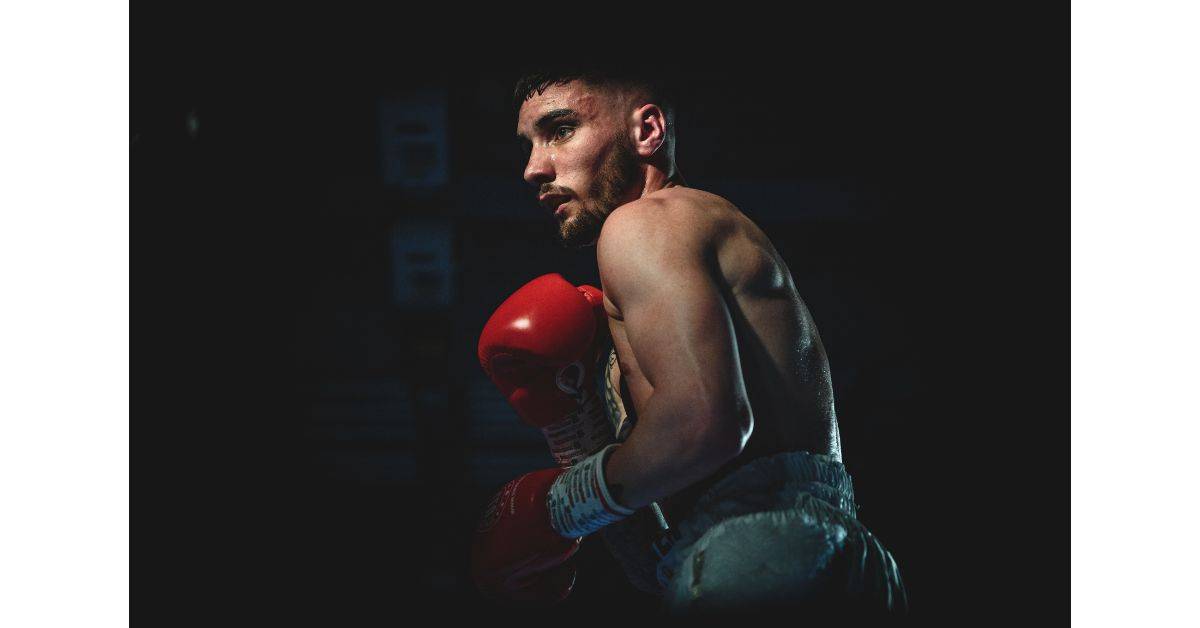Every boxer will tell you that their first time in the ring significantly impacted their career. It will be the turning point where you choose whether to continue boxing or turn away. You can have a trainer or coach who believes in you and proudly prepares you for your first battle.
Select a competitor on the same level as you; This will make it easier to adjust to ring life than having your first fight against a more seasoned opponent.
Know who you are and what you can perform flawlessly in the ring. Be truthful about your weaknesses. Ask your coach to identify your strengths and limitations. Do make an effort to remedy your errors after learning them. Doing all this prepares you for your debut in the ring.
In addition to training, there are a few more boxing tips you can do to ensure you’re ready for your first fight. Using these tips, you can boldly face your opponent in a battle.
Before we dive in, if you want to know more about the rules of boxing, ensure to follow the link to an article of mine on the topic.
#10. Take a walk or jog
You could find that spending time outside the morning before the battle helps you focus. Get outside and go for a stroll or a light jog. This exercise is a fantastic method of warming up that won’t require too much effort.
Walking or jogging on the morning of a big battle can help you feel more focused and ready for action. The peace and clarity that a stroll brings are invaluable. It’s easier to focus on your opponent in the ring than outside.

Running reduces anxiety and depression. When you run, blood circulation to the brain is increased and the part of your brain that responds to stress and improves your mood is affected. This causes a change that temporarily improves your reaction to stressful situations.
SOURCE
If you want to know whether competing in boxing is worth it, I encourage you to follow the link to an article of mine on the topic.
#9. Be calm and cool
Without your knowledge, nervousness can steadily take over and tie you up. It’s fine to feel a bit anxious before your first match, but you shouldn’t let those anxieties consume all of your thoughts. Consider for a moment what the main source of your fear is. Find out as much as possible about your opponent if you’re worried about them. This lessens the impression that they are strangers.
Go for a run, watch your favorite show, or laugh with friends and family to calm your nerves. To assist you in calming down and getting rid of the butterflies in your tummy, do the pleasant things you enjoy.
#8. Maintain a positive attitude
You must prepare your thoughts for the game. Believe you’ve prepared as best you can and keep a good outlook. You will continue to feel uneasy and tense if you let negative thoughts rule your mind. On the ring, you could become preoccupied. Teach your thinking to remain optimistic and to have faith that you will prevail.
Your coach will shower you with compliments, so take them all in. Until you believe, keep saying them to yourself.
Create a system of encouraging words to use from the moment you begin boxing. You can mold your thinking using this.
#7. Attempt to punch
Many battles halt because both opponents are afraid to unleash the first punch for fear of being countered. It’s smart to be wary.
Do something to hurt your rival right now. Rather than wasting the day waiting for him to respond, consider practicing some shrewd aggression instead.

The guy that gets knocked out is typically the careless one, not the aggressor. Putting your faith in your chin is a good idea. It’s unlikely that you’ll get knocked out in your first battle if you’ve already taken some serious hits in training. You will feel pain, but ultimately recover.
Amp up your boxing progression and learning rate by implementing these 15 tips into your routine.
#6. Know that you’re in a real boxing match
The real boxing match differs greatly from informal competition. The same nonsense that you do in sparring is not permitted. Laying on the ropes is unattractive and will influence your choices.
Even though you may have felt like a rope-a-dope during sparring, the judges will see you as a passive fighter.
Additionally, prohibited is lowering your head below waist level. It’s acceptable for sparring, but not for amateurs.
There’s no permission for passive fighting throughout the competition; you must display hostility. They award a standing 8-count if you take 15-20 unanswered punches before the referee intervenes. Even if you’re fine, the fight will end if you keep acting this way.
#5. Walk around the ring
You might become tense during a fight if you maintain that boxing stance. When you’re not aggressively striking, let your body rest and go for a stroll. Walk a little to loosen up your legs while your opponent bounces around at a long distance.
There is no requirement that you remain seated while receiving punches. You could walk away (even if you’re obstructing). Your opponent’s blows have less force, even if they connect with you, if you’re going away from him.
Many of the most skilled fighters can compete while strolling rather than bouncing about the ring. You can punch a few times, walk, punch a few more times, and then walk again.
#4. Have a warm-up routine
A proper warm-up is a crucial component of any effective approach. It’s not a good idea to go head-to-head with an opponent before you can warm up. A decent warm-up program can wake up your muscles and brain. Get in shape for the upcoming battle by stretching and performing a shadow-boxing exercise.
Wear sweats the day before the fight to keep your body relaxed and warm. Stretching should be done earlier rather than two hours before the fight. Make sure to sweat well when you warm up before the battle! (The term “warming up” comes from the fact that your body functions better at greater temperatures.)

Several hours before the fight, drink lots of water. Do keep sips of water to a minimum as your fight draws near. If your stomach has too much water, you may experience nausea or bloating.
If you want to know which boxing style is most effective, follow the link to an article of mine where I reveal the answer.
#3. Brawl around the ropes and box in the center ring
Use the area in the center ring to move and outbox your opponent while boxing. This place is not for strong blows, since your opponent can quickly side-step or back-step away from you and counter you. Keep boxing and moving on your opponent when you are in the center.
Continue to maneuver around him and hold the center ring; as you outmaneuver him, let him try to push you about (with punches).
You punch harder as you go nearer the ropes. The closer you pull your adversary to the ropes, the less room he has to maneuver and the more forceful you can force him back. Similarly, if you are the one with the ropes, you will probably need to use force to remove him.
Moreover, if you find yourself trapped in a corner, you have no choice but to engage in combat.
#2. Don’t start a fight too soon
Most people mess everything up by brawling first and then attempting to box in the final round when they are exhausted. Since you expose your hand to your opponent immediately, it is simple for you to be disadvantaged.
Your opponent sees your striking force, skill set, and physical condition. Remember that If you demonstrate all of your techniques in the first round, your opponent’s trainer will instruct him to adjust and recognize you by rounds two and three.
The trainer of your opponent will probably advise him to take it easy throughout the opening round.
If you brawl early, you’ll tire fast when you try to box later. Save the battle for the end if you’re not sure that you can knock him out. Try to box before punching, brawling until you feel better so that you can start fighting whatever you want.
#1. Be combative
Make your adversary feel as though you want to strike him. Activate your aggressive disposition. Don’t stress about your punching power, confidence, or anything else. Make your adversary believe that you intend to harm him. Twitch your right arm as though you were about to deliver the world’s largest right cross to him.
Make him feel like you want to swat him with more fists as you pursue him. Always give the impression that you’re preparing to strike back with something powerful when he hits you. He becomes more cautious and less aggressive as a result of your hostility.

Stare down your opponent. Simply doing this will prevent any adversary from attacking you. Imagine a rival sheltering behind his defenses. Without his eyes, he appears defenseless and amenable to strike. But you gently retreat when he returns your gaze with his eyes. Then, if your opponent assaults you, glare back at him even more intensely. Make him believe you’re watching, and you will hit.
Learn how to avoid injuries in boxing by following the link to an article of mine on the topic.
Final words
Boxing is one of the most dangerous sports. Your goal is to hurt the opponent, so you understand why that is. As such, competing in it—involves risk you must consider before participating in it. Once you have decided you want to have your first fight, it’ll be best to prepare your body and mind to it.
So, how do you do that?
In this article, there are 10 tips you can involve in your boxing journey to ensure you’re ready for your first fight. That said, you must ensure your mind is ready as much as the body. Use tools like visualization and meditation to calm yourself and imagine you winning.
If you enjoyed reading this article, you’ll also enjoy reading about the best boxing footwork drills to improve your speed and power.

